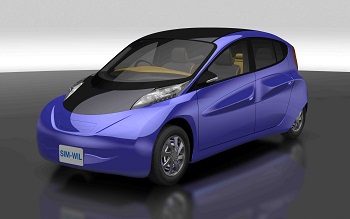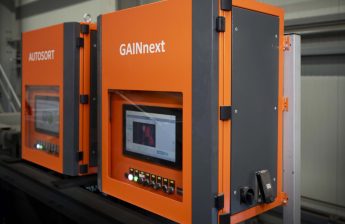The global demand for next-generation patient monitoring devices witnessed major rise in Covid-19 pandemic due to the risingfocus on health and well-being amongst the people in 2020. Researches are continuously being undertaken by several manufacturing companies in 2021 to develop highly equipped patient monitoring devices for present as well as future generation patients.
Shifting focus of healthcare industries to value-based and patient-centric monitoring solutions continues to favour market growth. The integration of advanced technologies in wireless devices is a recent trend in next-generation patient monitoring devices.
Rising number of Covid-19 cases and other fatal diseases are putting a pressure to focus on high-tech patient monitoring devices. The growing demands for advanced medical facilities in 2021 continues to add lucrative progress. Medtronic and Abbott Laboratories are among the best players in this market which are continuously engaged in bringing innovations in their offerings.
For detailed insights on enhancing your product footprint, request for a sample here@ https://www.factmr.com/connectus/sample?flag=S&rep_id=567
In 2021, the manufacturers are getting involved in offering wireless and remote technologies, patient data processing applications & equipments, EMR data transfer equipments etc to facilitate medical facilities. Strategic allances, partnership agreements, research & developments etc are some of the market tactics adopted by manufacturers to occupy a leading position in this market.
Global Next Generation Patient Monitoring Devices Market: Overview
The global next generation patient monitoring devices market is anticipated to experience an exponential rise in its demand in the years to come. These monitoring devices were developed to monitor patients who prefer staying away from hospitals or clinics. These also known to provide certain relief to hospitals which are getting busier these days due to rise in patients. These devices helps the doctor to stay in touch with the patients. Moreover, in order to improve efficiency and to deliver better service by a hospital, uptake of these next generation patient monitoring devices is surging.
Factors such as reduced adverse events, improving patient’s outcomes, lesser hospital stays, and helping hospitals to improve their efficiency are bolstering the growth of the market. These devices are also known to reduce the healthcare costs which is attracting the middle class thus adding more fuel to the growth of the market. However, budget and financial constraints accompanied with absence of advanced medical team in various developing and under developed countries are deterring the growth of the market. Strict rules and regulatory approvals by various countries is predicted to pull down the growth of the market. Global next generation patient monitoring devices requires a high level of maintenance which some hospitals fails to meet, thus restricting the growth of the market.
Next generation patient monitoring devices are designed for enhancing patient care and improving clinical performance. The integration of IT in the healthcare system helps in the regular monitoring, timely capturing patient data, storing real time records and thus improving patient care. Hospitals are getting more busier these days and number of patients continuously increasing which generated the need of next generation patient monitoring devices in the hospital environment. Furthermore, in order to improve efficiency, better resource utilization and maintaining their level of service, adoption of these next generation patient monitoring devices is increasing. These devices are able to provide constant and real time physiological and allied data such as heart activity, body temperature, blood pressure, pulse rate and other clinical conditions with wireless connectivity as to monitor patients better, more closely and efficiently.
The remote monitoring technology in the next generation patient monitoring devices provides access to broader geographical areas including less served regions which reduces the cost of treatment and time of travel. The next generation patient monitoring devices are comprised of a wearable component which includes the devices with sensors and a non-wearable component which includes monitoring devices. These devices are linked through wireless networks and analytical algorithms to both the ends.







